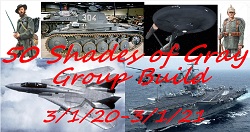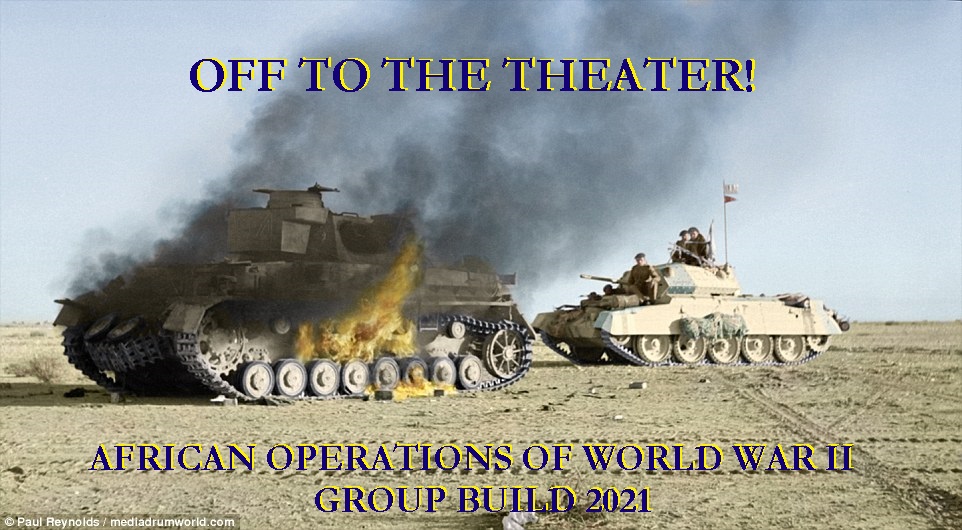Deeve_
I am somewhat curious as to what your issue with Vallejo primer is. I have been using it for a while now and not had any problems. Can you elaborate for me? What are you using instead?
Hi, Deeve - I find that, as long as you don't want to do anything other than apply paint on top of it, it's fine. I used it on a couple of Tamiya 1/35 tanks without needing to do anything else, and it worked beautifully - as Greg says, it applies well, and doesn't hide or soften surface detail. That's why I bought a couple more bottles of different shades.
Then I found that, even after leaving it in a warm, dry room for several days, or a week, if I needed to do any repairs - filling & sanding - it peeled off the plastic & left a slight but visible "step" around the edge of the exposed area. I eventually found that VERY gentle wet sanding can feather this so the job can be finished (thanks to fellow members who advised me on this at the time). I have had the same thing happen when removing masking tape, even when this was "de-tacked" before being applied.
So I now use it only where I know I won't need to sand or mask it e.g. the IDF Sand Grey primer is currently doing duty as a faded wood colour on the deck of a vehicle-launched bridge, other details on those parts are being carefully hand-painted around and over it.
Before I bought a dedicated model primer, I used ordinary household grey primer from a rattle can - that's what I've gone back to. Yes. it's a bit smelly, but it covers well, adheres well, doesn't need an airbrushing session, and it's cheap. (Edit: and you can sand it and mask it as well - no problem.) If necessary I rub it down with micro-mesh before painting on top, but that's mainly just for aircraft - tanks have a rougher texture, so the primer doesn't hurt at all. Hope this answers your question
Vell, Zaphod's just zis guy, you know?


TakkaTakkaTakkaTakkaTakkaTakka